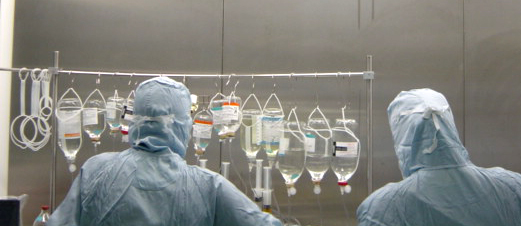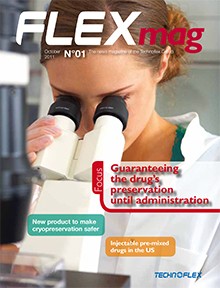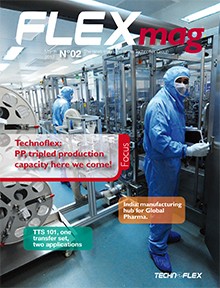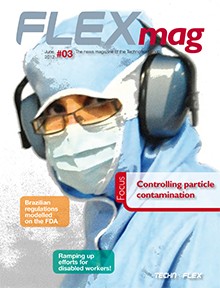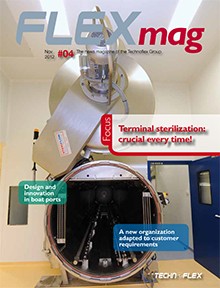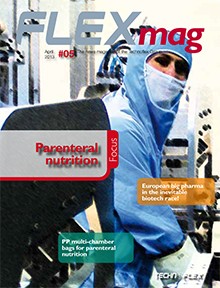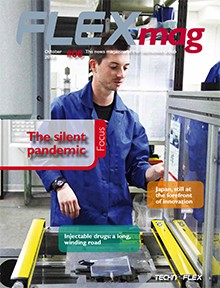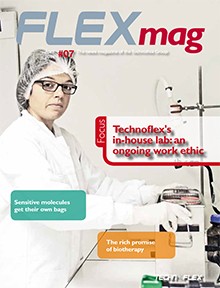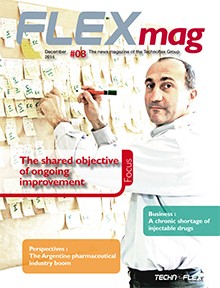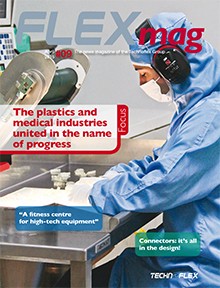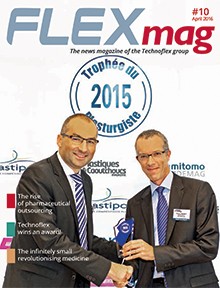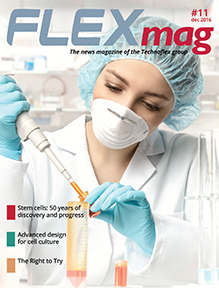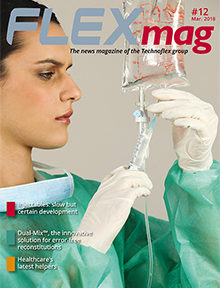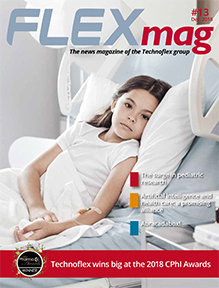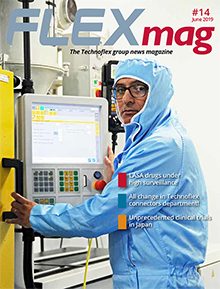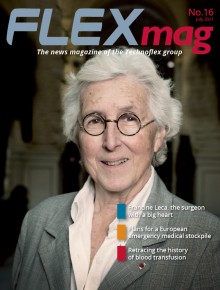Parenteral nutrition: a risky treatment with positive results
Parenteral nutrition is prescribed in the event of a deficiency of the gastrointestinal tract, and consists in feeding a patient intravenously. Although the treatment has been mastered, it is nonetheless a complex solution. From preparation through to administration, pitfalls abound. And yet the protocol saves lives. Below is a detailed review.
Introduced into medical care during the 1960s, parenteral nutrition has saved many lives. Children, particularly prematurely born babies, are the patients that have benefited most from the technique.
Parenteral nutrition (PN) is prescribed when a patient has a gastrointestinal disorder preventing him or her from feeding orally. Numerous clinical situations result in the prescription of PN: postoperative complications, Crohn’s disease, cystic fibrosis, etc. It is also used in oncology and intensive care units, as well as in pediatrics and neonatology. Parenteral nutrition serves to meet patients’ energy needs and correct any micronutrient deficiencies.
It can be administered via a peripheral venous catheter or central venous catheter (CVC). The choice between the two depends on the duration of administration, the composition of the admixture and the venous state of the patient. PVC is preferred for short-term prescriptions (7 to 10 days) of partial nutrition as a complement to oral intake. CVC is used if the venous network is insufficient or when high-concentration admixtures are administered. This is the case with total parenteral nutrition (TPN) which requires high caloric intakes. It involves the set-up of catheters in the operating theatre under sterile conditions. Whether it is cyclical or continuous, parenteral nutrition must be very closely monitored. Its efficacy has to be measured and complications (technical, infectious, metabolic or nutritional) must be avoided at all costs.
Two groups of nutrients with forty highly unstable compounds
Parenteral nutrition includes micronutrients and macronutrients, encompassing glucose, lipids and amino acids. As the primary source of energy, glucose is required for the blood and kidney cells to function properly. Lipids, in the form of lipid emulsions, provide essential fatty acids. They are indispensable for the structure of molecules and cell membranes. Lastly, amino acids act on the immune system and the digestive system. They renew the dead cells in our muscles, eyes and hair. Of the 22 existing amino acids, 8 are not synthesized by the body. They therefore have to be provided by our food. Micronutrients include vitamins, electrolytes (mineral salts) and dietary minerals (metals). They contribute to the good working of the metabolism (i.e. transport of oxygen).
All these components can interact chemically with each other. To conserve their stability, several precautions therefore need to be taken. The absence of oxygen guarantees the integrity of amino acids and vitamins. Due to their extreme sensitivity, vitamins are protected from UV rays during storage and are added to the solution just before administration. But certain compound breakdowns are inevitable, such as the “Maillard reaction” which occurs spontaneously when amino acids are mixed with glucose. Over time, the solution takes on a yellowish-brown colour and becomes unsuitable for use – hence the importance of rapid administration after reconstitution.
Compounded or ready-to-use preparations?
Pharmaceutical companies have standardized parenteral nutrition admixtures for many years. The use of multi-chamber bags has extended the shelf life of these standard formulations and has allowed them to be used in hospitals. But despite numerous advantages (reduced handling and contamination risk, etc.), ready-to-use formulations are not always suitable for all patients, particularly in pediatrics. And there is no MA (Market Authorization) for infants aged under two. This is something of a paradox: due to their digestive immaturity, premature babies* are the patient group with the greatest need for parenteral nutrition. Furthermore, from the premature baby through to the adolescent, children have different nutritional needs that vary according to age, weight and clinical situation. The prescription and composition of parenteral nutrition are thus defined on a case-by-case basis.
These mixtures, known as “magistral” or “compounded” formulations, are prepared by the hospital pharmacy. They offer the advantage of great flexibility in the choice of products and are perfectly suited to the patient. But they have to be sterile and pyrogen-free, because terminal sterilization is impossible: the mixture components would be irrevocably altered. They must therefore be manufactured in a Controlled Atmosphere Area (CAA), requiring sophisticated equipment such as an isolator, laminar flow hoods and an air ceiling. The product is prepared by a robot, inspected (for sterility, endotoxins, particle contamination) and then quarantined inside a cold chamber. When the final inspections and checks have been performed the nutrition solution is released and delivered to the patient.
Parenteral nutrition has come a long way over the last 50 years. Industrial ready-to-use formulations are used alongside pharmacy preparations. The former have significantly facilitated nutritional care in small establishments, outpatient and home care, but remain unsuitable for pediatrics and neonatology. A further step forward is therefore required in the future to adapt this type of “ready-to-use” formulation to the infant population.
Sylvie Ponlot
* 2012: 65,000 premature births in France
